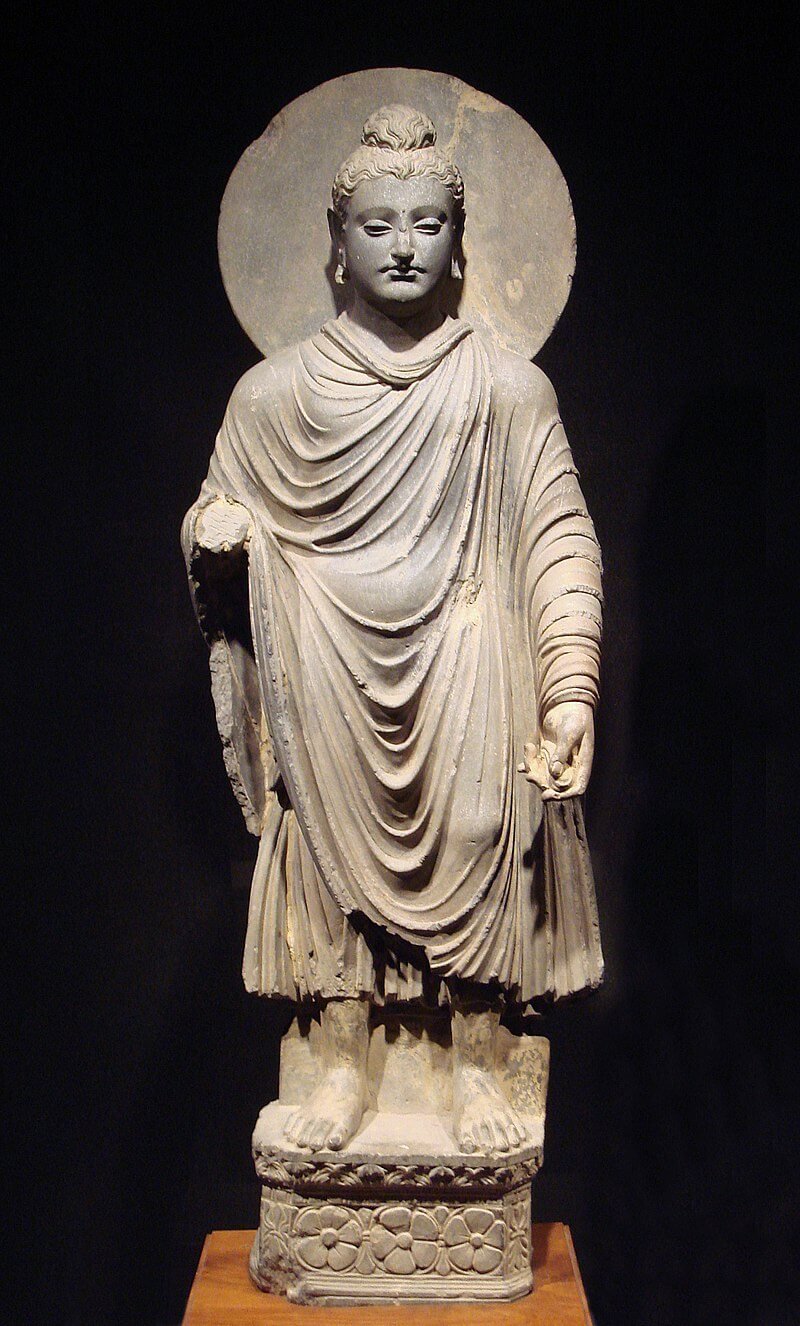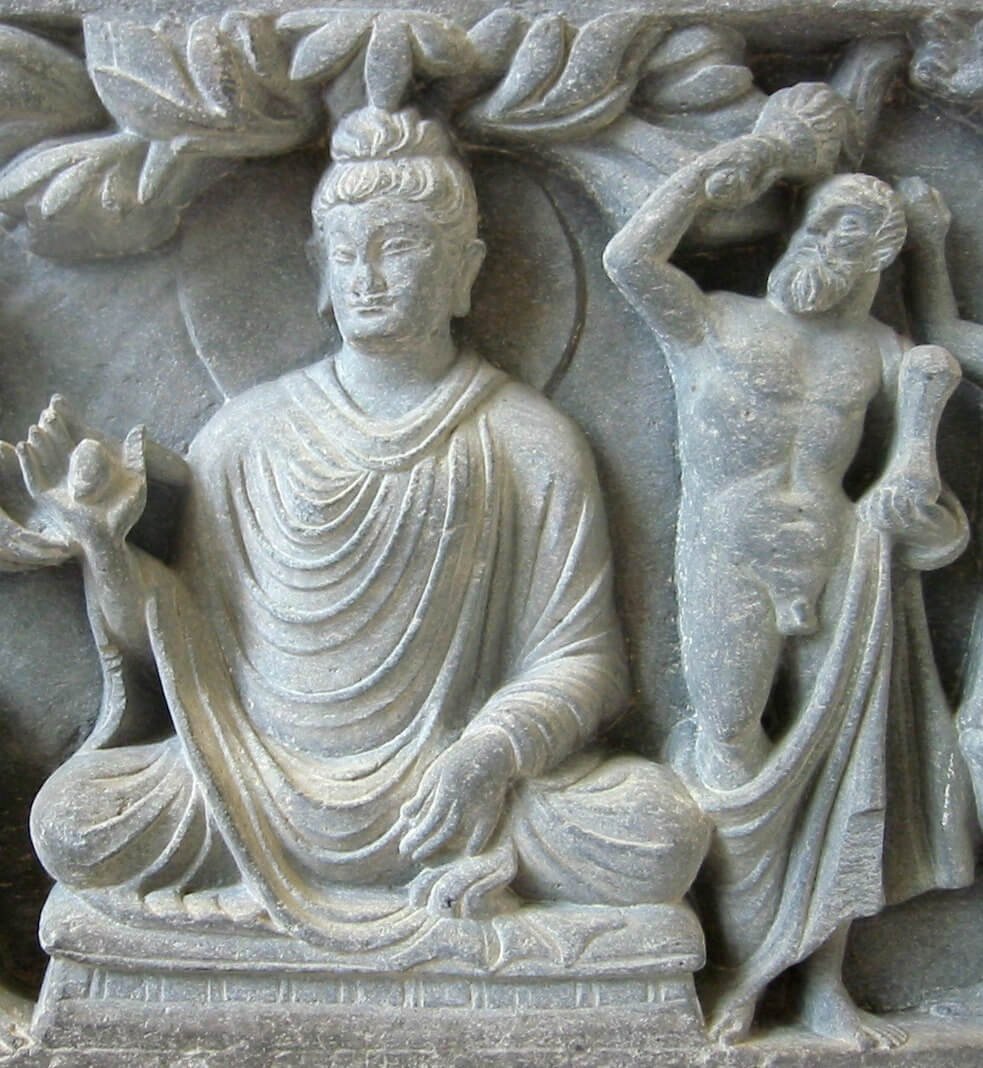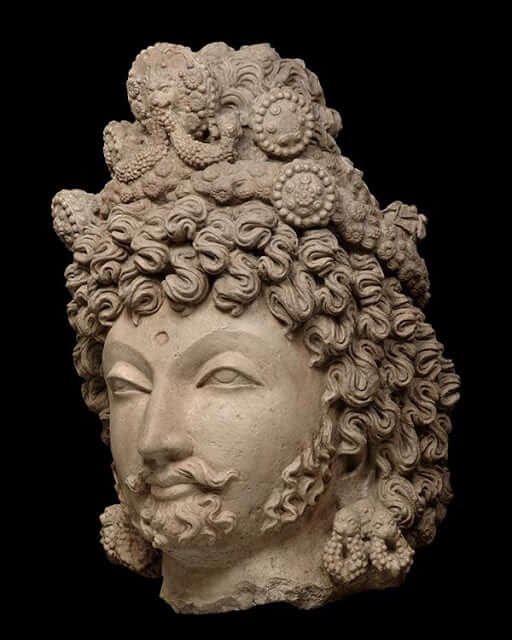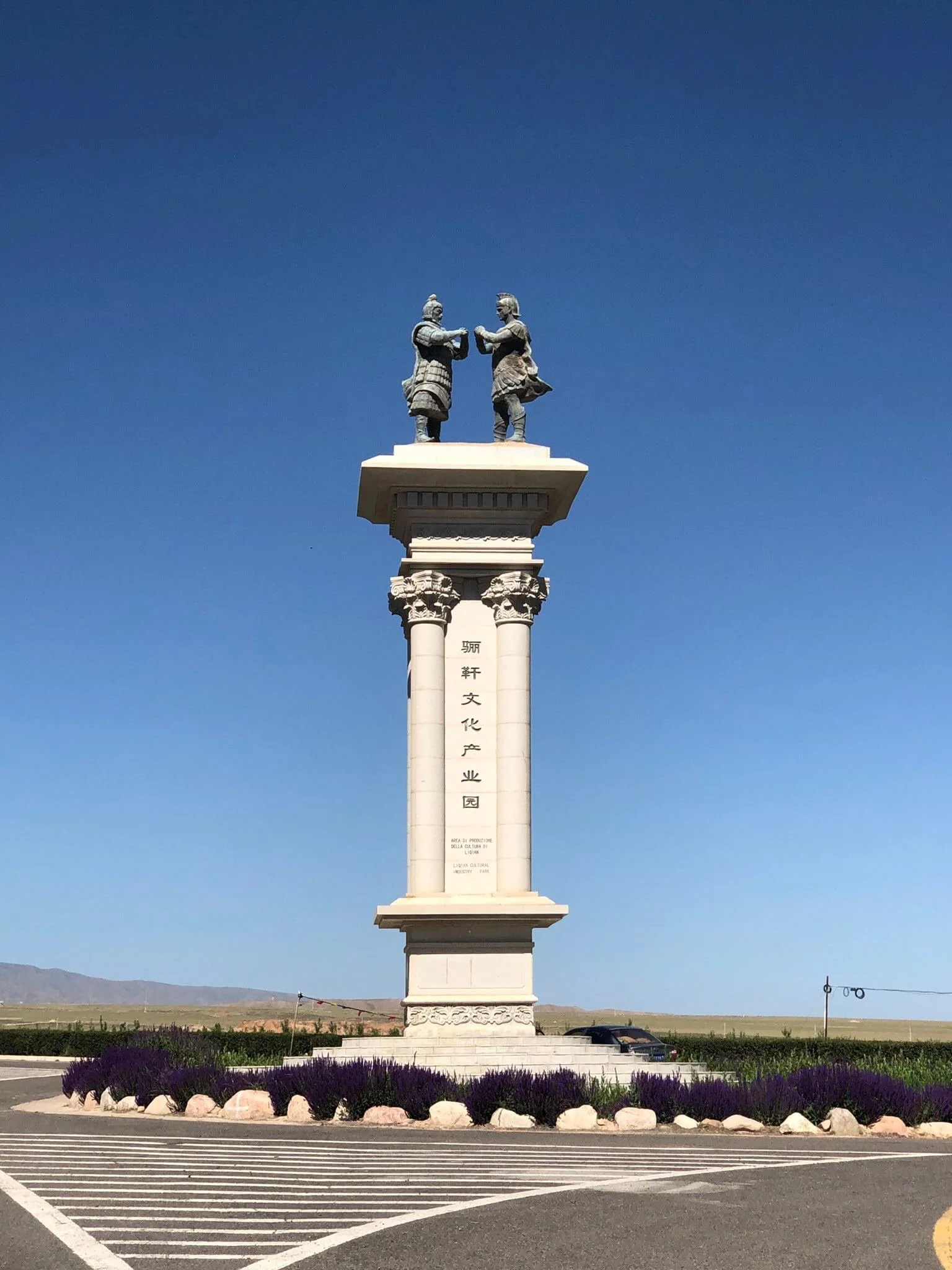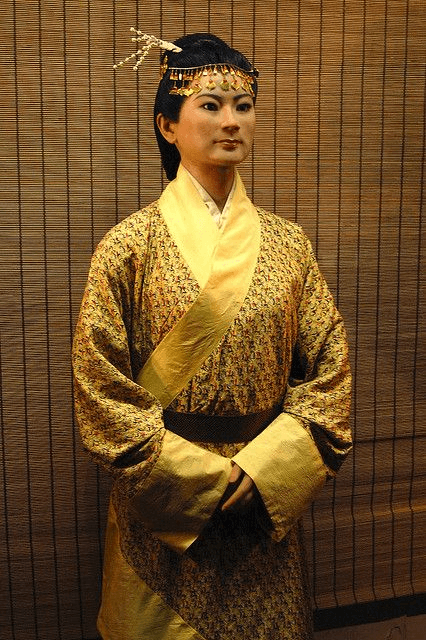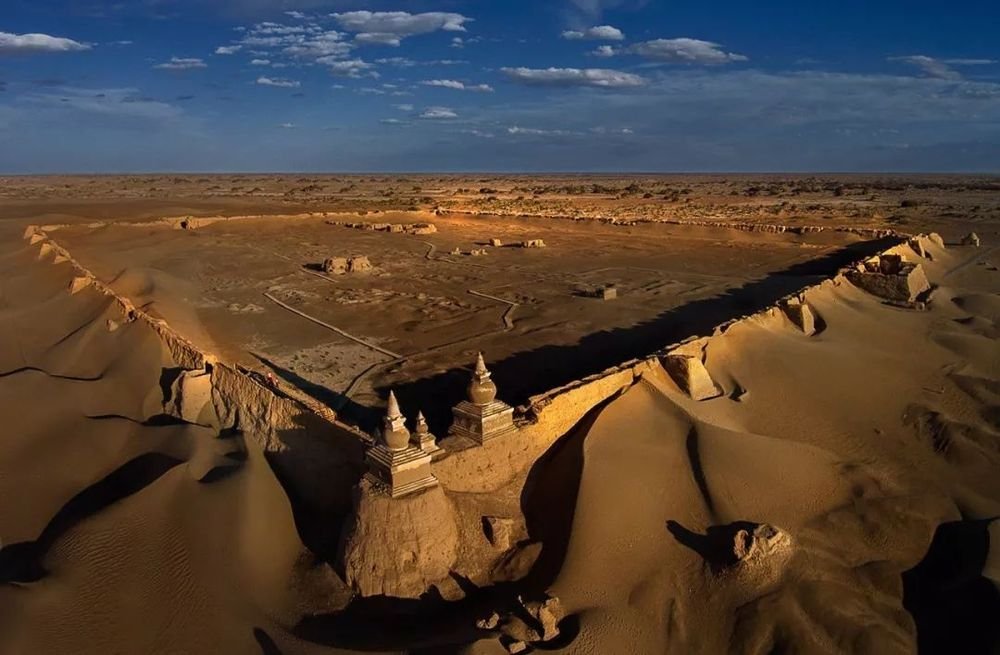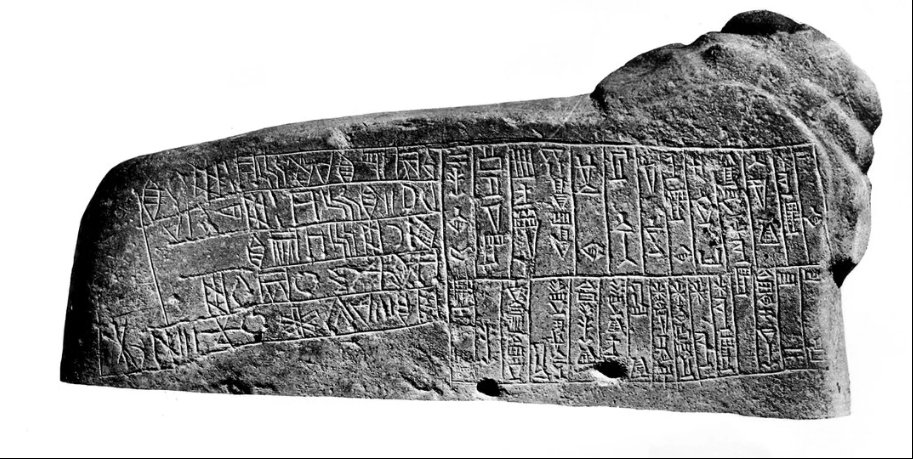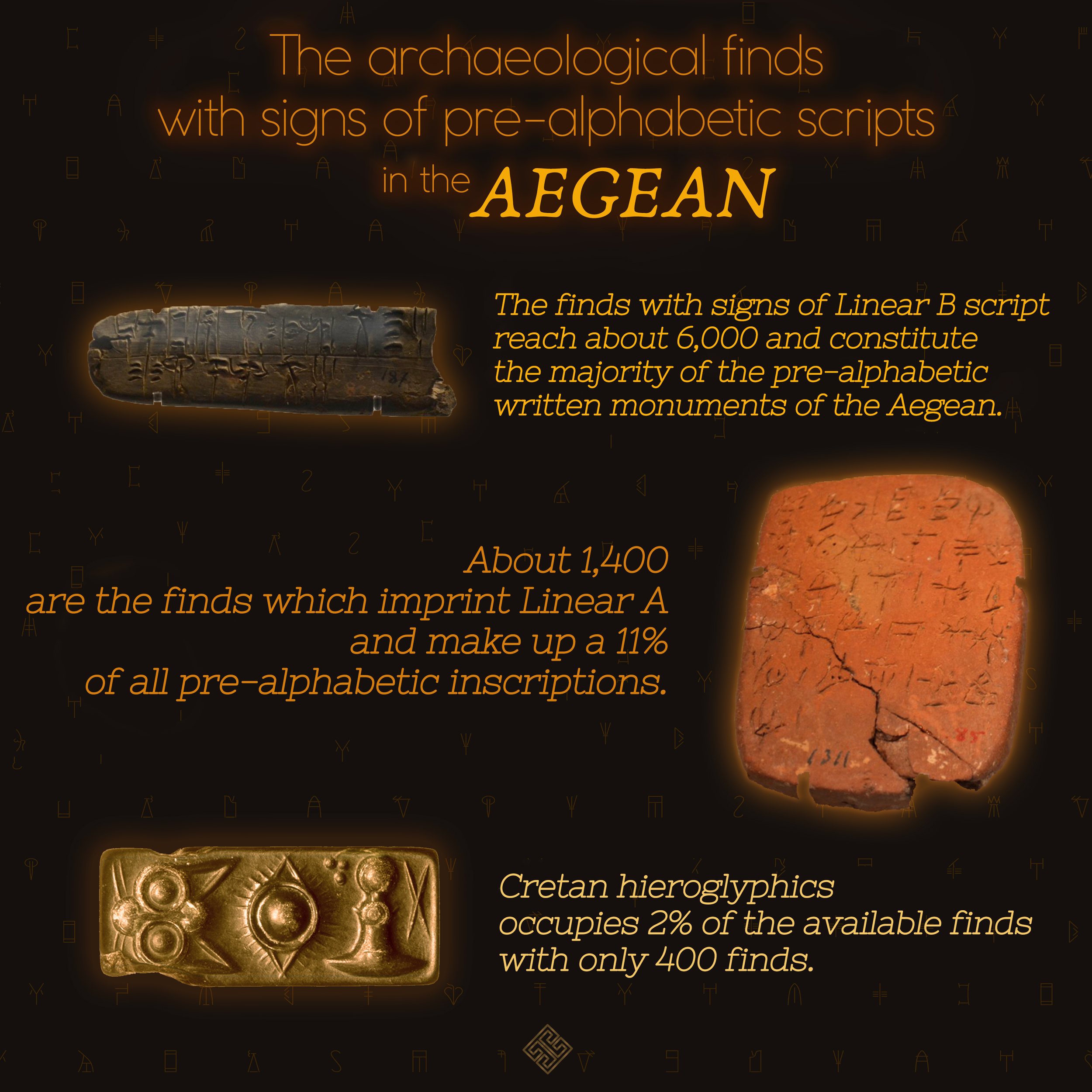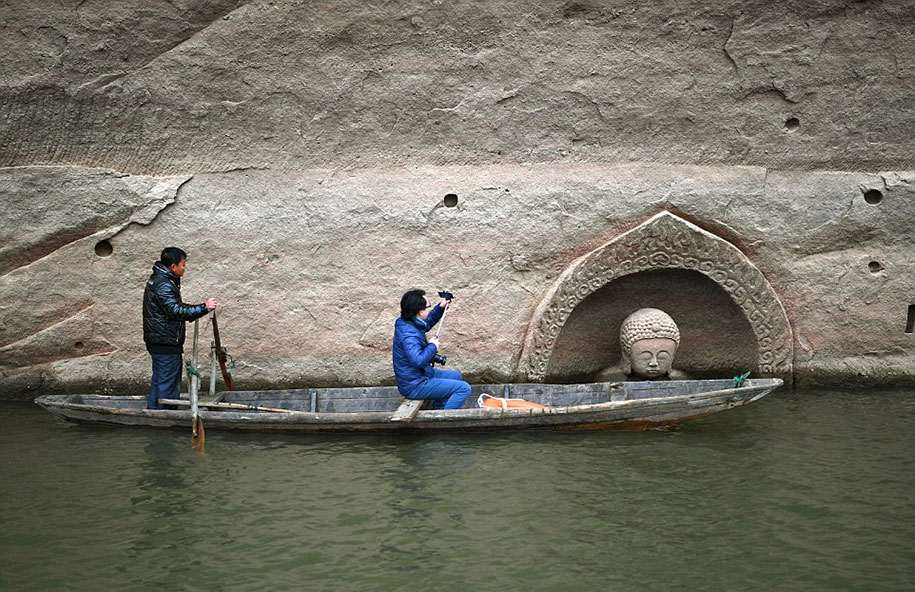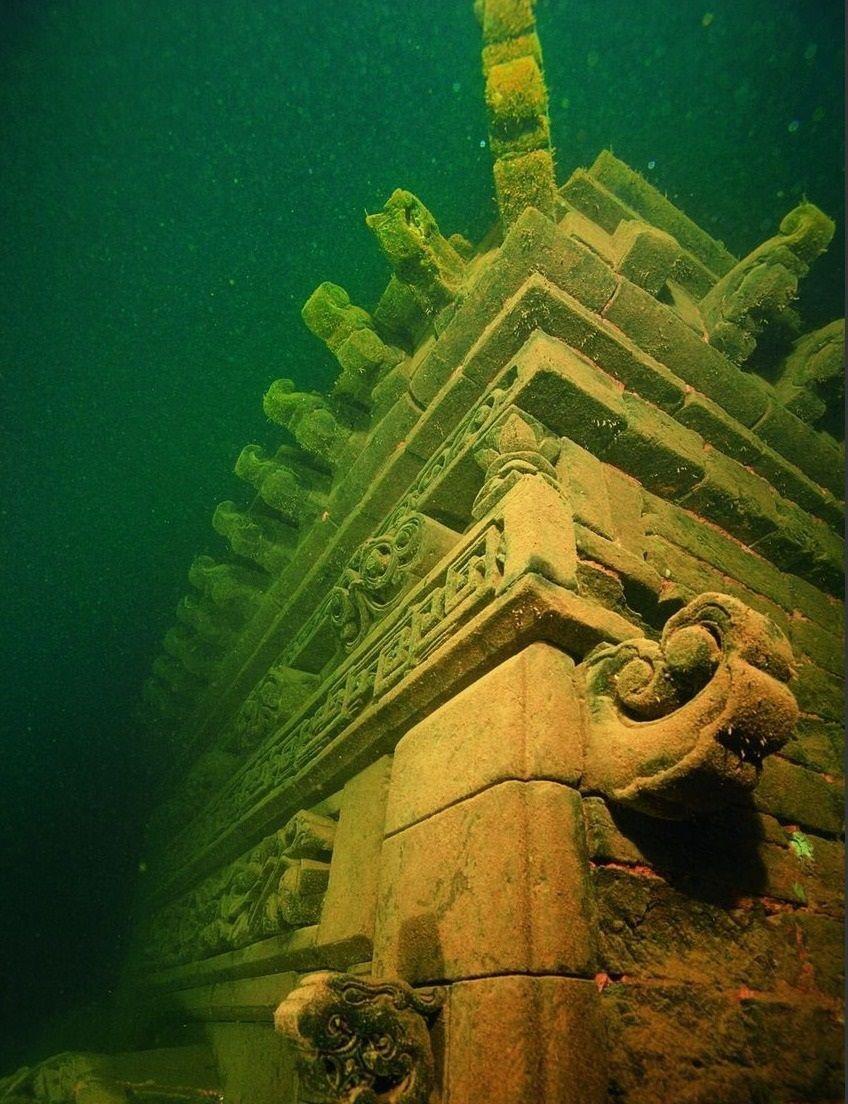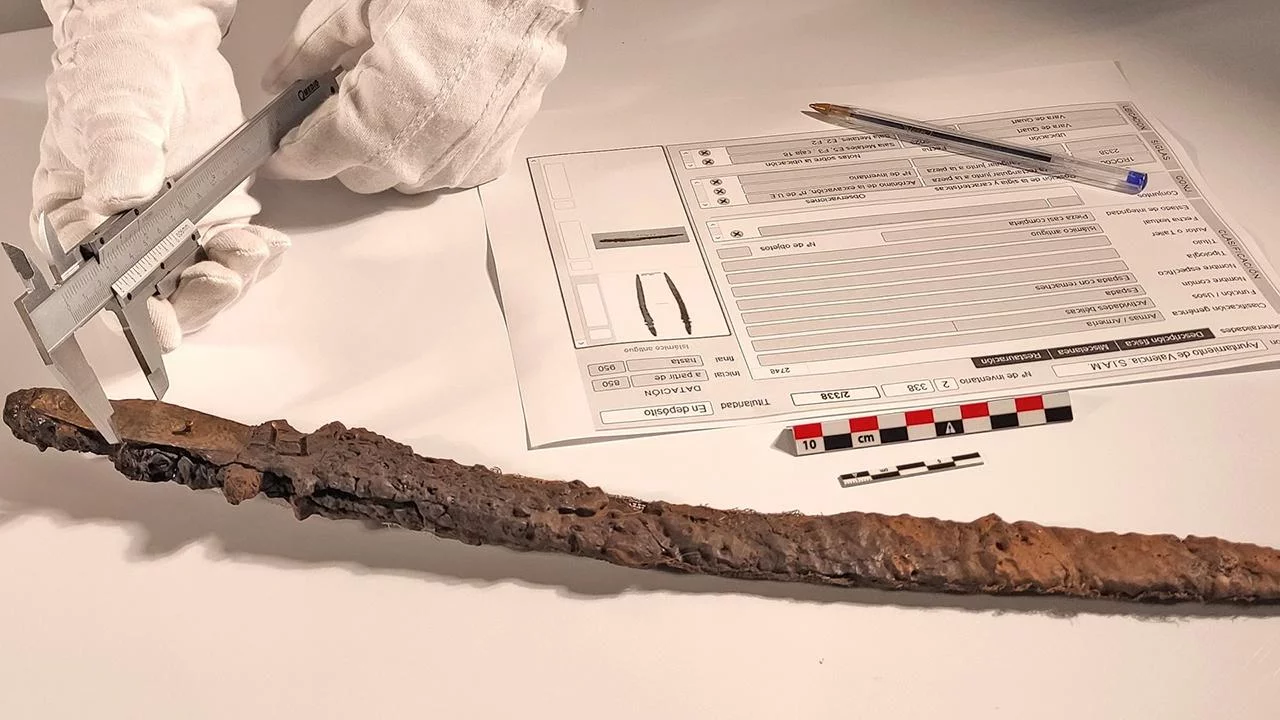The rich tapestry of China's history is once again brought to light with a recent groundbreaking archaeological discovery in Xiangyang, Hubei. Researchers have unearthed a treasure trove of artifacts from the Warring States Period, shedding new light on this pivotal era in Chinese history.
The Discovery
In the heart of China, archaeologists have excavated hundreds of tombs and relics, including a significant number of bronze swords, chariots, and other cultural objects dating back to the Warring States period [1], [5]. This period, known for its political fragmentation and warfare, was also a time of profound cultural and philosophical development.
The site in Xiangyang is particularly notable for the well-preserved state of the swords and other artifacts, offering a unique window into the craftsmanship and military practices of the time. Archaeologists believe that this excavation provides new resources for examining funeral customs and the social structure of the Xiangyang region during the Warring States period [2].
The Tombs
The archaeological team has uncovered a total of 176 tombs, with the majority dating from the Warring States period and two from the Han Dynasty. This large-scale cemetery discovery is among the most significant for this period in recent years, highlighting the importance of the region as a cultural and political center during ancient times [3], [4].
Cultural Significance
The artifacts found at the site, particularly the bronze swords, offer insights into the technological advancements and artistic achievements of the era. Additionally, the discovery of chariot burials underscores the importance of warfare and status in Warring States society. This new discovery in Xiangyang not only enhances our understanding of the martial culture of the time but also provides valuable data for studying the broader societal and cultural dynamics of the Warring States period [6].
The discovery in Xiangyang is a significant addition to our knowledge of the Warring States period, offering fresh perspectives on the social structures, warfare, and cultural practices of ancient China. As researchers continue to analyze the artifacts and data gathered from this site, we can expect to gain deeper insights into the complexities of this fascinating era in Chinese history.
This latest discovery underscores the richness of China's archaeological heritage and the potential for future finds to further illuminate the complexities of its ancient past.










